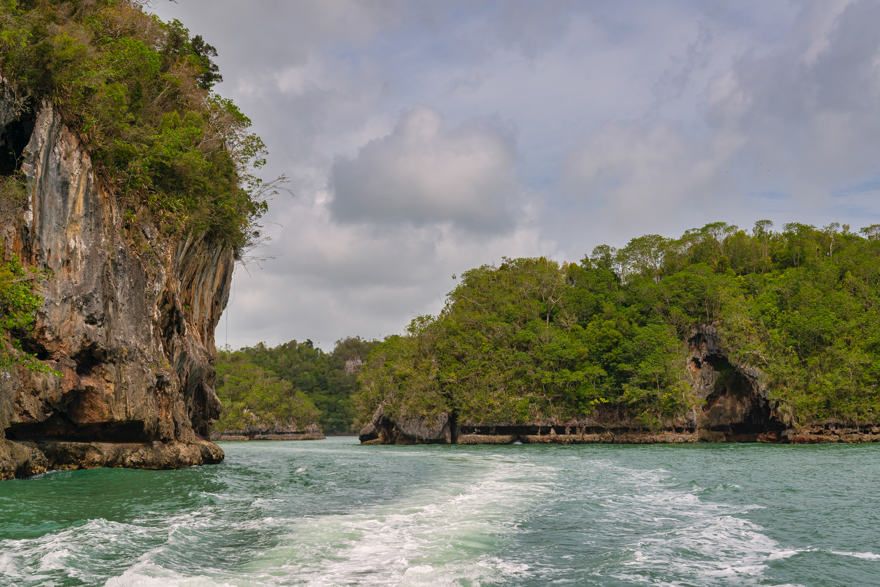
19 May Los Haitises National Park
Los Haitises National Park
The Dominican Republic isn’t just a paradisiacal destination in which you can relax on its expansive beaches or where you can enjoy its cuisine known for incorporating unique and powerful flavours. This Caribbean enclave is also home to natural treasures that are interspersed among the large forests and jungles that rival the well-known beaches.
Today we invite you to explore one of the natural treasures in the form of a natural park, the Los Haitises National Park.
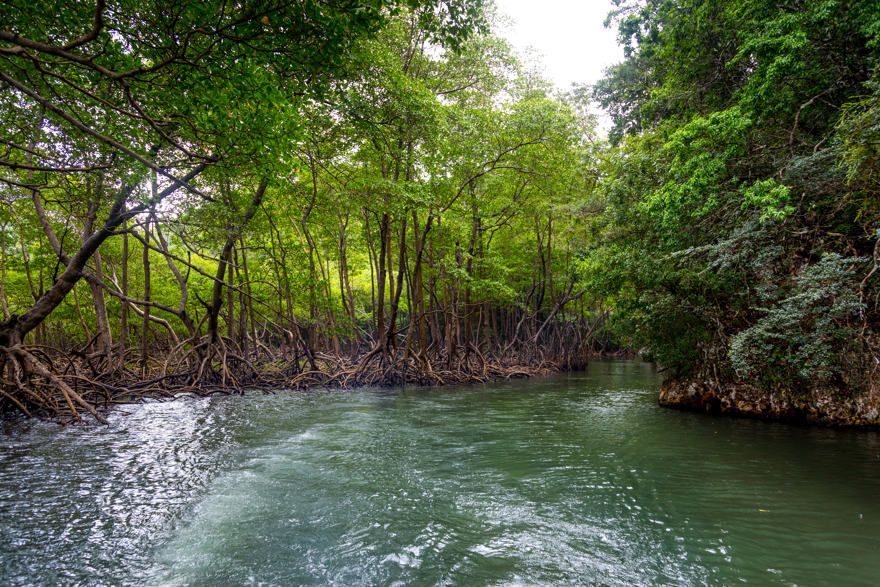
Los Haitises, mountainous land
The crown jewel when it comes to natural parks in Punta Cana covers 1,600 square kilometres and owes its name to the Mogotes. “Los Haitises” translates as “mountainous land” in the Taíno language, the indigenous language of the pre-Columbian inhabitants of the Bahamas, the Greater Antilles and the northern Lesser Antilles. These rock formations that are 30-40 metres tall have been formed by the karst nature of the area’s soil and the action of the wind and rain, leaving behind an incredible landscape.
The cays that surround its bays are home to up to 100 species of birds that can be seen during your visit, some of which are endangered. And the fact that it’s a coastal-marine park offers numerous advantages, such as being home to a wide variety of endemic, native and migratory species that can’t be found anywhere else in the country. It is one of the last refuges for the sparrowhawk of Hispaniola, the gannet and the earwig. There is also the Peale’s falcon, the Antillean piculet, herons and pelicans that call the kilometres of this natural landscape their own for the enjoyment of its visitors.
Wildlife
The richness of the wildlife is also reflected in the presence of the manatee, accompanied by the dolphin and the hutia in the coastal areas, while the solenodon, a small insectivorous mammal that is typical of the island, can be found living in the forest. In the caves you’ll find different species of bats, and you may come across boas and geckos as you crawl along the ground.
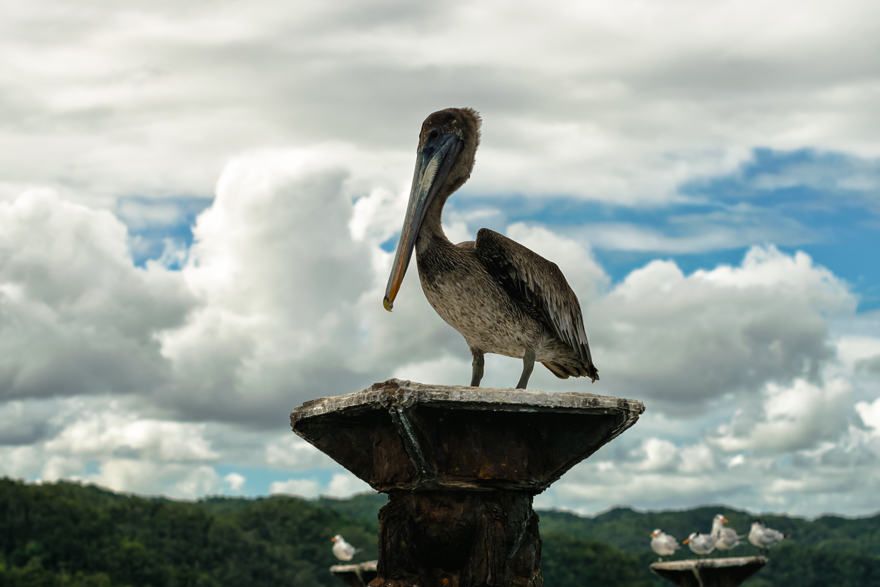
Plants
Heading into the lushness of the vegetation, you’ll find one of the famous rain forests of the Dominican Republic, which you can explore to learn first-hand about the native tropical flora. In this wet ecosystem, mangroves weave their branches, gaining ground as they move towards the sea in an area that you can explore by kayak if you dare to navigate among the extensive branches, covered by a sky of leaves.
How to get here
To get to the Los Haitises National Park, you need to go to Samaná and travel by ferry to Sabana de la Mar. The tourist activity in this agricultural municipality has grown thanks to it being the departure point for people going to Haitises.
You can’t visit this national park without exploring its cave, known for currently being home to the largest number of petroglyphs and pictographs in the country. The main one is called Fun Fun Cave, whose route is part of one of the best hiking trails in Punta Cana.
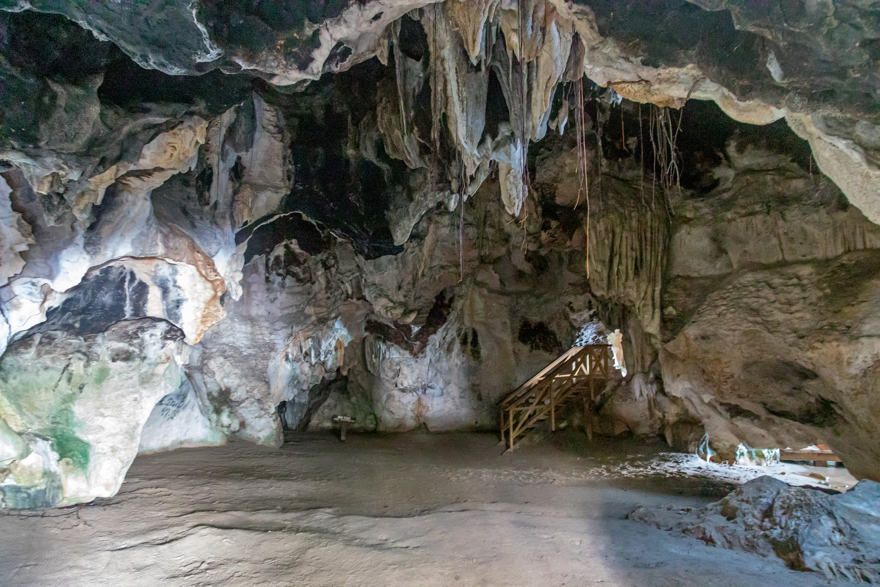
The combination of hiking and spelunking means you’ll need to be accompanied by an experienced guide, who will open your eyes to one of the most exciting sports around: rappelling, during which you can descend through the labyrinths and explore the cave’s lagoons. In this cavernous complex that covers more than 28 kilometres, you’ll find fish, shrimp, insects, bats and birds that inhabit this formation that’s been around for more than 20 million years.
An incredible way to take a walk through the history of this Caribbean destination and create a long-lasting memory for those who love an adventure.
Visit Samaná
The Los Haitises National Park is located in Samaná, a municipality unknown by many tourists who visit the country and which is called the pearl of the Caribbean. Getting here from Punta Cana is simple and fast, in just one hour you’ll have gone for a short ride in a little plane and you’ll be prepared to discover a charming place where nature is the true protagonist.
Rainfall in Samaná is abundant throughout the year and makes it a marshy area, full of trails and rivers that form natural pools. You can dive into its crystalline waters formed by spectacular waterfalls such as the Salto del Limón, with a 40-metre drop.
To round off a day in the heart of nature, you can also go on a whale-watching tour. An estimated 3,000 to 5,000 humpback whales migrate annually from the cold waters of the North Atlantic, which results in a spectacular show for visitors. Their imposing jumps over one of the most beautiful bays in the world, declared an Ecotourism Paradise by UNESCO, will be the icing on the cake to a wonderful day.
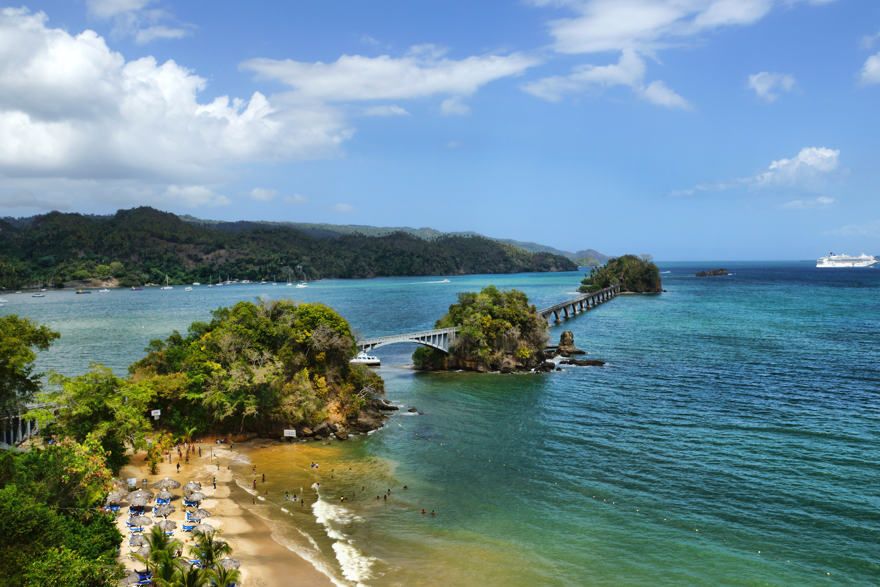
The natural wealth of Punta Cana
There are two other places that you shouldn’t miss if you want to take part in ecotourism during your visit to Punta Cana. One of them is the Hoyo Azul, a cenote located inside Scape Park where you can take a refreshing dip in its spring waters. You can swim and snorkel 14 metres deep, while surrounded by a lush rainforest at the foot of a limestone cliff. To reach this secret oasis, you will have to cross a suspension bridge and walk through floral landscapes, such as an orchid garden.
Although it is one of the largest islands in the Dominican Republic, Saona Island doesn’t have the same influx of tourists from other areas of the country, making it ideal for those who want to enjoy nature in a more relaxed way. Located in the province of La Altagracia, it is part of the Cotubanamá National Park and has two permanent settlements, namely the towns of Catuano and Mano Juan. In the latter, a small fishing village, you can learn about the customs of its inhabitants and rest on its paradisiacal beach.
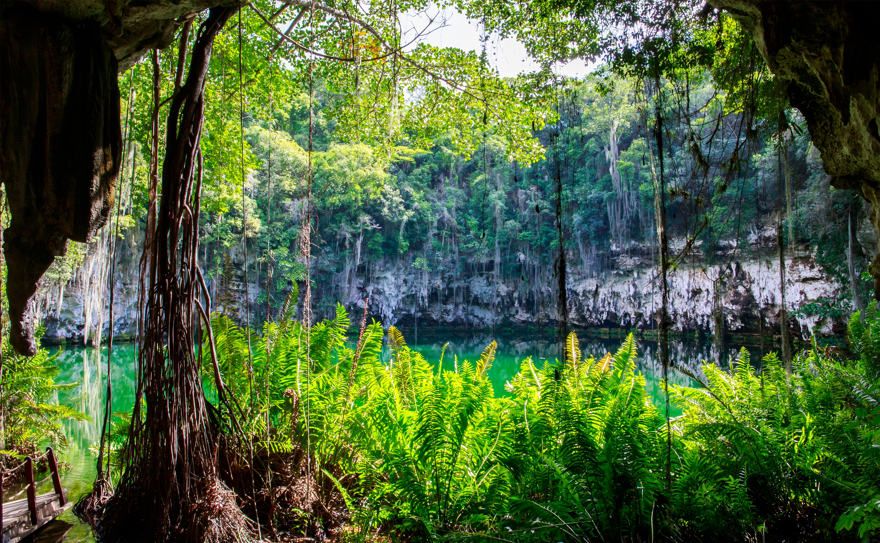
Already know which trip you’ll go on first in Punta Cana?



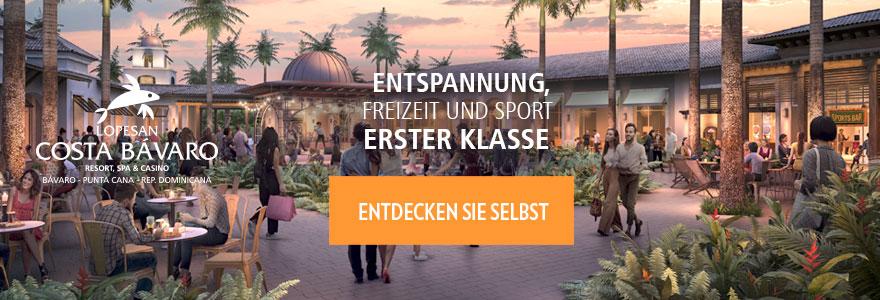
No Comments